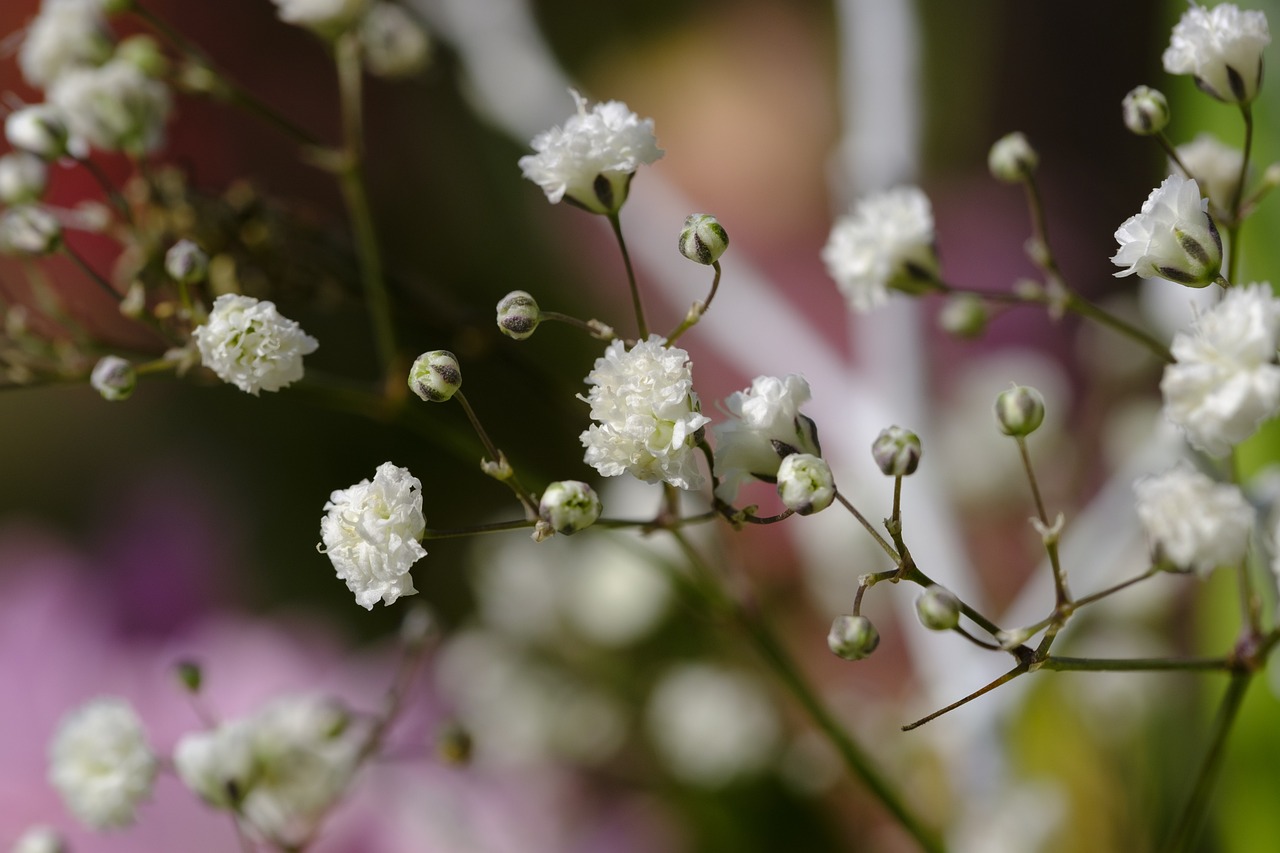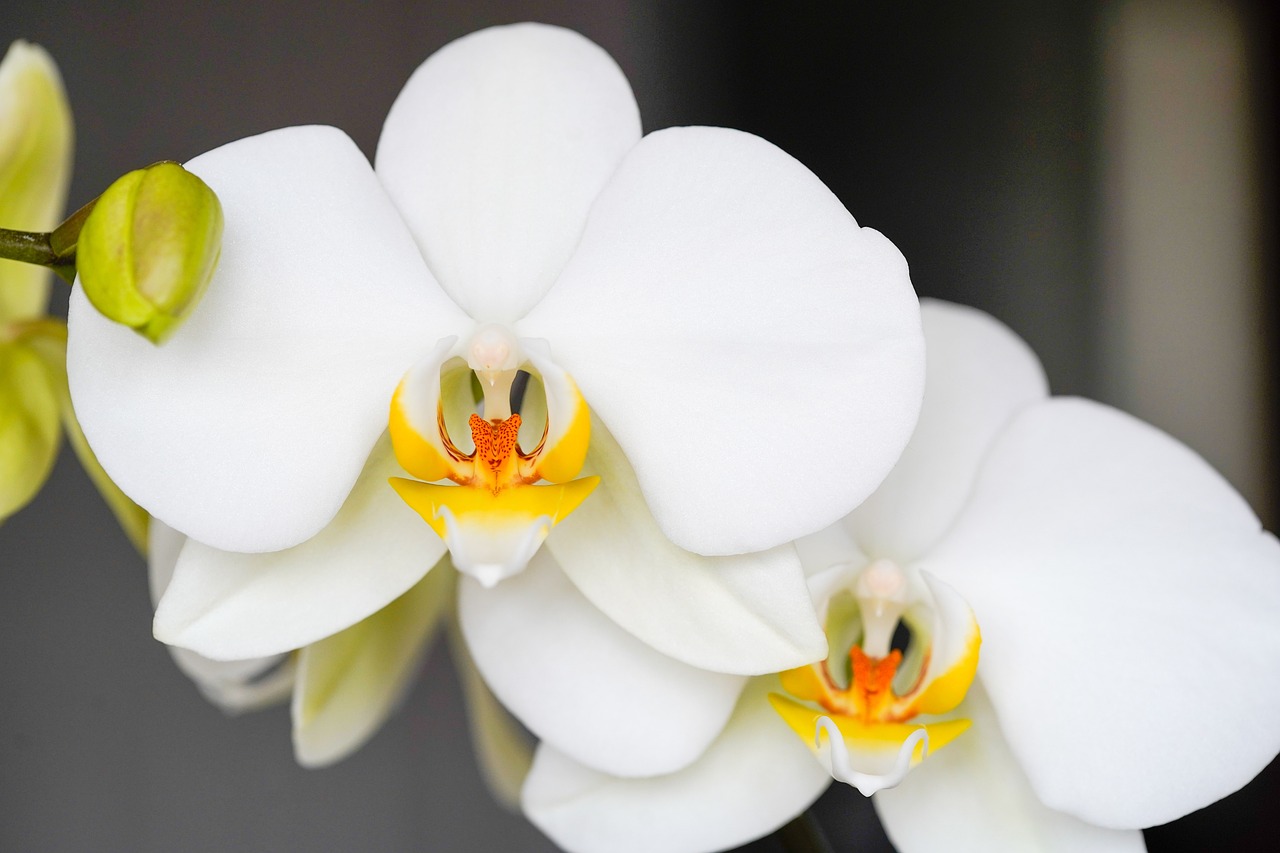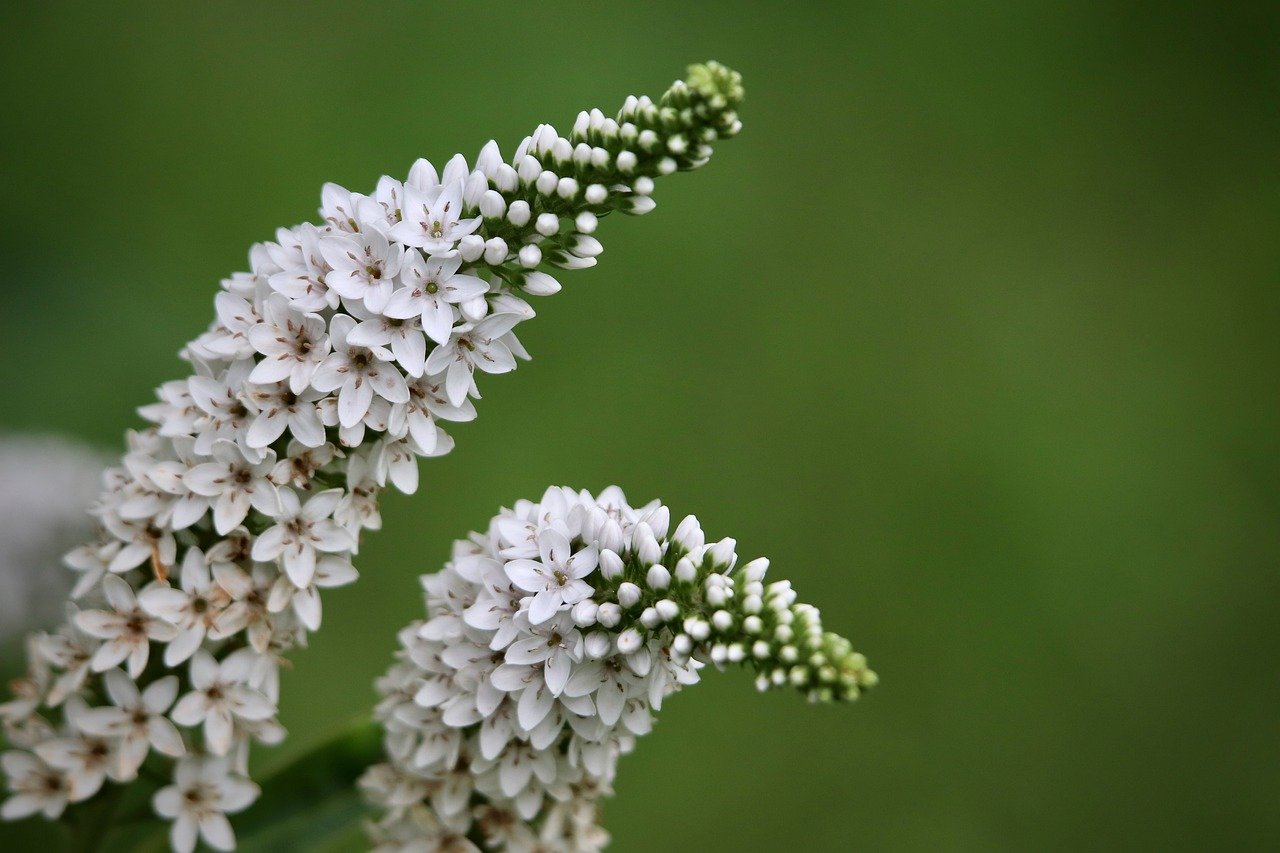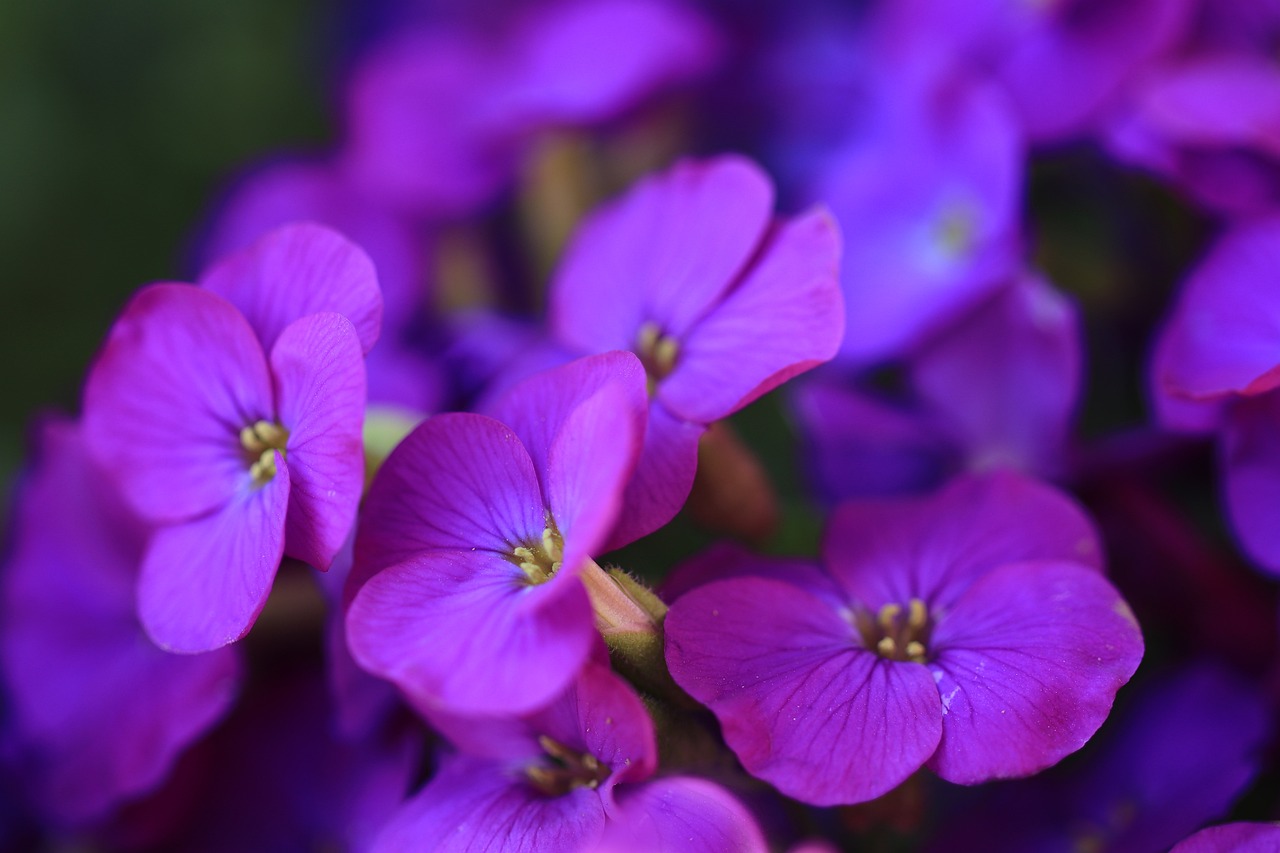Sanguinaria canadensis | A Flower Rooted in Indigenous Culture of North America
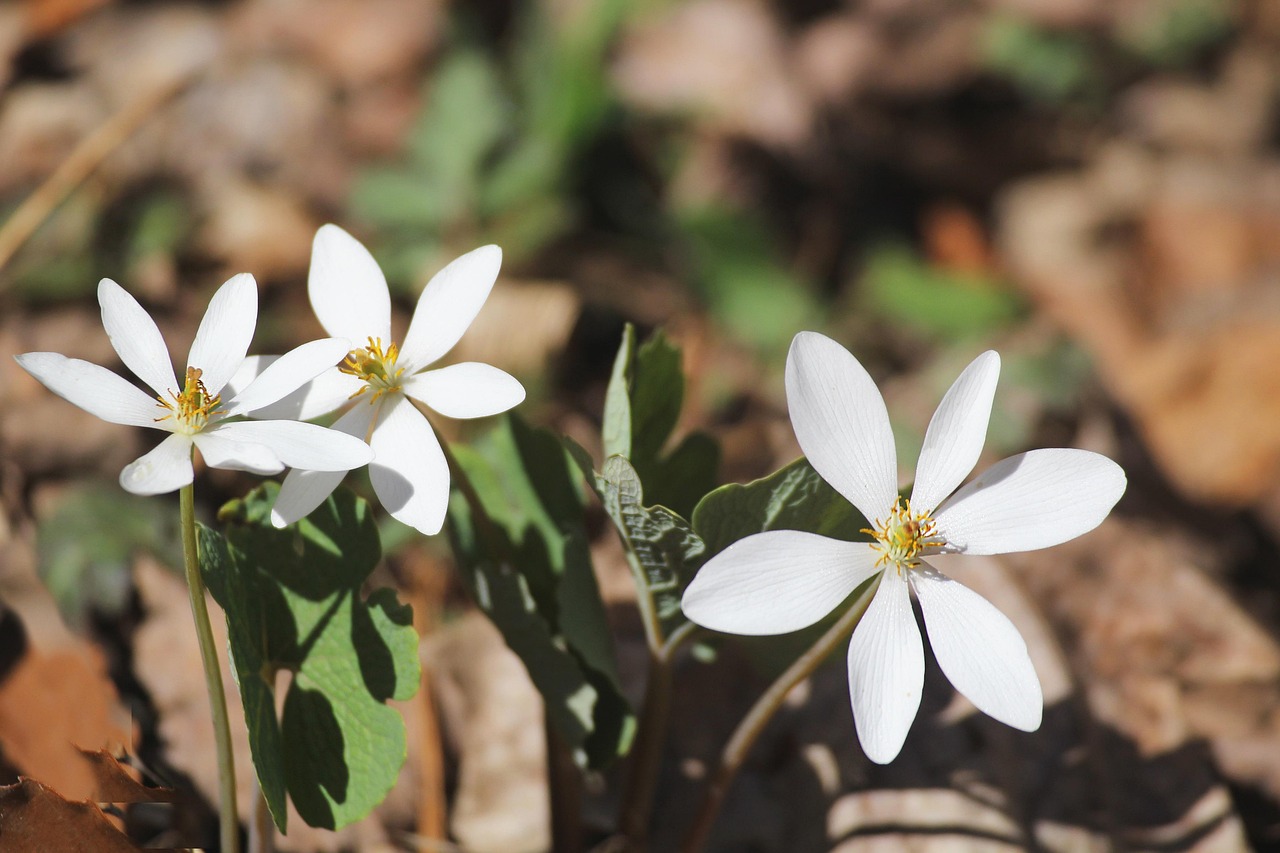
Sanguinaria canadensis is a perennial plant native to North America that produces beautiful white flowers in spring.
Its name derives from the red sap exuded by its rhizome, and it is also known as “bloodroot.” With its distinctive blossoms and uniquely shaped leaves, it is an attractive plant well-suited for shade gardens and woodland landscapes.
In this article, I will explain the basic information, cultural background, history, and cultivation methods of Sanguinaria canadensis.
Basic Information
- Scientific name: Sanguinaria canadensis
- Family: Papaveraceae
- Origin: North America (Canada, Eastern United States)
- Appearance: In spring, it produces white flowers, and its rounded leaves have a distinctive shape. After blooming, the leaves spread widely and cover the ground throughout summer.
- Blooming season: March to May
Cultural Significance Around the World
Sanguinaria canadensis has a deep connection with the indigenous cultures of North America.
Because of its red sap, Native Americans used it in rituals and as decoration. This red liquid was regarded as “the blood of the earth” and held a sacred meaning.
In North American forests, it has also been cherished as a flower that announces the arrival of spring. Blooming after harsh winters, it became a symbol of nature’s renewal and new life.
As a garden plant, it has long been cultivated and is popular as a species suitable for shade gardens.
Historical Episodes
Sanguinaria canadensis was introduced to Europe in the 18th century and soon gained popularity as an ornamental plant.
British and French horticulturists incorporated it into woodland gardens and natural-style landscapes, admiring its unique beauty.
In the 19th century, as research on North American flora progressed, studies on its ecology and growth cycle were conducted, with efforts to adapt wild species to gardens.
As a result, it became widely cultivated in Europe and is now an essential presence in shade and natural gardens.
Gardening Advice
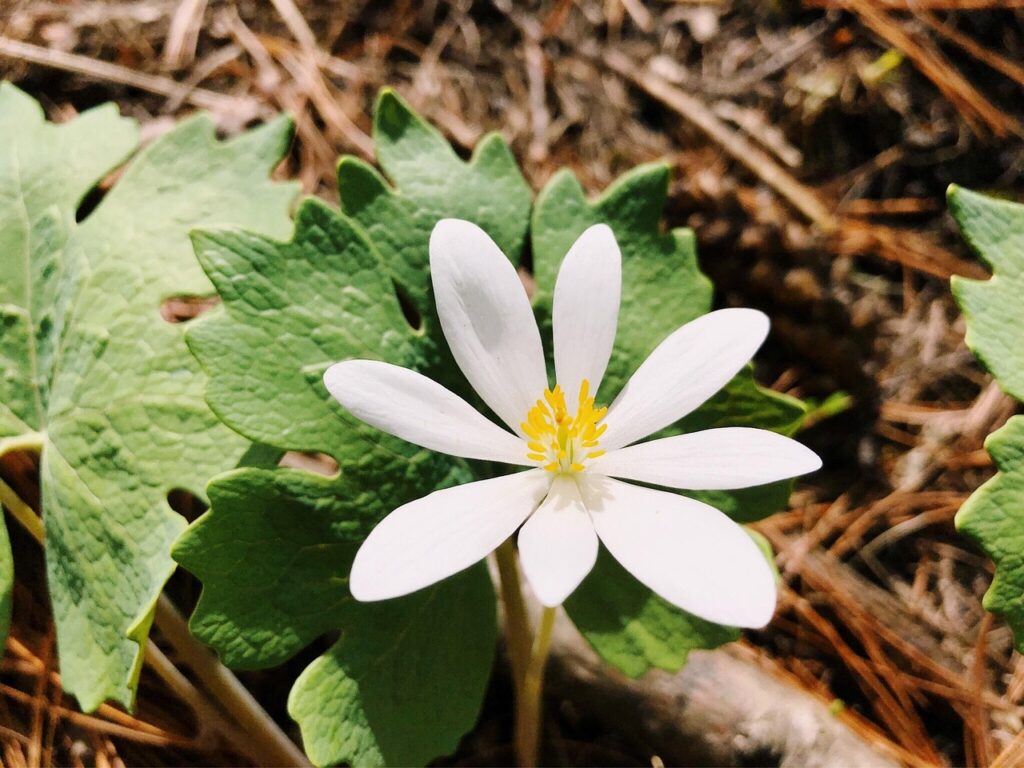
Sanguinaria canadensis will bloom beautifully every spring if given the right conditions. The following tips will help ensure healthy growth:
Light
Prefers partial to full shade. An ideal environment is under deciduous trees, where it receives sufficient light in spring and moderate shade in summer.
Watering
Keep the soil evenly moist but avoid waterlogging. Proper drainage is essential while maintaining consistent moisture.
Soil
Well-drained soil rich in organic matter is ideal. A slightly acidic to neutral pH is suitable.
Fertilizer
Apply an appropriate amount of organic fertilizer in early spring to encourage healthy growth. Avoid over-fertilization and aim for a natural environment.
Cold tolerance
Hardy to cold climates. The above-ground parts die back in winter, but the plant sprouts again in spring. In-ground plants benefit from mulching or fallen leaves for root protection.
Conclusion
Sanguinaria canadensis is a perennial native to North America that blooms with white flowers in spring.
It has been deeply tied to Native American culture, revered as “the blood of the earth.”
Introduced to Europe in the 18th century, it became beloved in woodland gardens.
With its adaptability to shaded environments, it is well-suited for planting under deciduous trees. By maintaining well-drained, moist soil and applying fertilizer in early spring, one can enjoy its healthy growth year after year.


